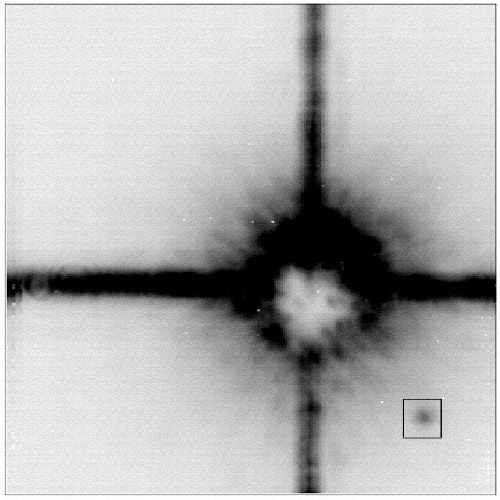
Il Sistema di Procione A e B: uno studio amatoriale
Procyon A & B system: an amateur study
I risultati positivi ottenuti con le riprese del sistema di Sirio A e B mi hanno convinto, due anni fa, a tentare un'impresa ancora più difficile, al limite dell'impossibile con strumenti amatoriali: Procione splendeva nelle serate invernali del 2006 a poca distanza da Sirio, e costituiva una possibilità troppo invitante per lasciarsela sfuggire:Il metodo era stato collaudato con successo: perchè quindi non tentare? La brillante stella della costellazione del Cane minore costituisce, come Sirio, un sistema doppio formato da una stella di sequenza principale, classe F5, mag.vis. 0.38, temperatura superficiale di circa 6500° ed una nana bianca, Procione B, di mag. 10.64-10,90 (con un notevole margine di incertezza nelle determinazioni ) con una massa di 0.65 volte quella del sole racchiusa in un diametro di circa 8500 Km, appena più grande di quello della terra. La sua densità è tuttavia superiore persino a quella di Sirio B: le due stelle del sistema di Procione distano 11,41 anni luce dalla terra e sono separate da circa 14,9 UA (circa 16 volte la distanza terra-sole) con un'orbita ellittica attorno al comune centro di massa che Procione B completa in 40,6 anni.La differenza di luminosità di 15.000 volte e la distanza angolare da terra (attualmente ca. 2,5 secondi d'arco) rende le due stelle molto difficilmente separabili con telescopi amatoriali, tantè che non sono riuscito a trovare, sul web, notizia di riprese analoghe da parte di amatori, e penso non ci siano mai state. Riprese professionali del sistema sono state effettuate dall'IRFT (NASA Infrared Telescope a Mauna Kea), telescopio infrarosso da 3 mt di apertura a Mauna Kea nel 1995 (Fig 1 ), dall'HST (1995) e dall'ESO, lo HST ne ha, inoltre, recentemente esaminato lo spettro, rinvenendovi righe del carbonio, del magnesio e del ferro,e quindi la presenza di elementi pesanti, cosa che ha comportato la riclassificazione della nana bianca da DA alla ben più rara classe DQZ , con una temperatura superficiale di circa 7800 K ..Procione B fu scoperta visualmente nel 1896 da John Schaeberle col rifrattore da 36 " del Lick Observatory e da allora osservata visualmente con numerose misurazioni ufficiali dal 1896 al 1997.
The positive results obtained with Sirius System imaging,two years ago, made me ready to give another ,more difficult, try: the Procyon A -B imaging, near the limit of amateur chances.Procyon shined, in that 2006 winter evening, not far from Sirius: it was a true temptation: why not?The method was tested and succeed: it was the case to give a try.The bright star of Canis Minor constellation , Procyon , like Sirius, has a companion star , Procyon B.Procyon belong to F5 spectral class,vis. mag. 0.38, and lies at 11,41 L.Y from the earth, while Procyon B is a white dwarf, vis mag. 10,64-10,90, with a 0.65solar mass in a diameter a little bigger than earth, its density is higher than Sirius B and its orbit around the common mass center takes 40.6 years.The brightness difference of 15,000 times between the two components and the reduced angle of sight from earth (about 3 arcsecs) make the two stars' splitting a very difficult task for amateur telescopes, near the limit: I didn't find, till now, any evidence of other amateur images of the system.Procyon B was visually discovered in 1896 from John Schaeberle by the 36" refractor at Lick Observatory.Recently, HST spectrograph took a spectrum of the object in the range 1800-10.000 Angstrom, finding carbon, mg , and iron lines, and for that the dwarf was reclassified from a quite common DA to a much more rare DQZ class, with a surface temperature of about 7800 K.Professional images of Procyon B were obtained by 3 mt NASA Infrared Telescope Facility atop Mauna Kea (Fig 1 ), and by HST , both in 1995, and by ESO.

Fig 1- L'immagine IR (K Band) NASA del 1995, col riflettore da 3 m di Mauna Kea, con la primaria nascosta da un disco occultore (Coronografo) .L'immagine originale (nord in alto) è stata ruotata in modo da orientarla col nord in basso,rendendola confrontabile con le altre dell'articolo.
NASA IRTF image of Procyon system on 1995 (IR -K Band) with the primary hidden by an occulting disk.The image was rotated in order to make it comparable with the others of present work.
Il 7 gennaio 2006, preparai il telescopio per tentare l'impresa, al fuoco diretto di un Celestron 11, anche se ero consapevole che la focale di 2800 mm e la risoluzione di 0.6 arcsec/pixel con CCD Starlight MX 716 sarebbe stata probabilmente insufficiente per mostrare Procione B.Feci tre serie di riprese: una senza filtri, una col filtro da 340 nm ed una col filtro da 380 nm (gli stessi per microfotografia in fluorescenza, origine LOMO, che avevo utilizzato per riprendere Sirio B, vd. apposita pagina web) : il risultato, mostrato qui di seguito , parla da solo : come pensavo, la focale era sufficiente a mostrare l'elongazione di Procione, ma insufficiente per una separazione più completa dei due componenti.L'immagine a 340 nm non era nitida in quanto mostrava un alone probabilmente dovuto dovuto all'emissione UV ed al seeing , mentre quella senza filtro e quella con il filtro da 380 nm sono rispettivamente la media di 3 e 8 immagini (Fig 2 e 3 ) .La camera usata era stata, come detto, una Starlight MX 716 in binning 1x1, ed alla lastra correttrice del catadiottrico era stata anteposta la maschera esagonale di cartone nero già usata per Sirio B.
On january, 7 2006, I set the scope to try the Procyon B imaging, at the prime focus of C11, notobstanding I was aware that the focal lenght of 2800 mm and a 0.6 arcs/pixel resolution couldn't be enough to split the double star.I took three series of images :with no filter and with 340 and 380 nm UV filter (the same fluorescence microphotography filter by LOMO, I used to image Sirius B, see the web page).The result speaks by itself: the relative short focal lenght used showed only the elongation of Procyon A due to the presence of Procyon B, but wasn't able to split the two components.The 340 nm image wasn't good , with a light halo, probably due to the UV emission of Procyon B and to the seeing .The images hereunder shown (Fig 2 and 3) are the median of 8 frames at 380nm, and 3 without filters.The CCD camera was a Starlight XPress MX 716 in binning 1x1, and over the corrector lens of the Schmidt- Cassegrain I put the same cardboard exagonal mask used to image Sirius.
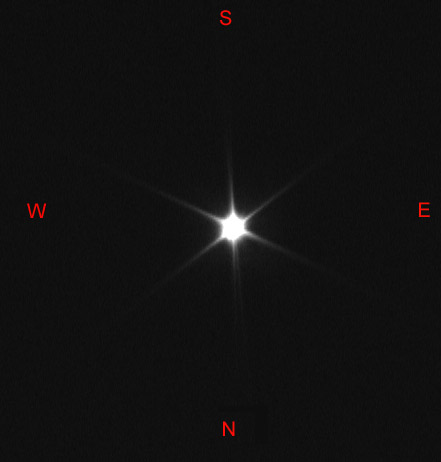
Fig 2- Procyon image on 7.1.2006 with no filter

Fig 3 - Procyon image on 7.1.2006 with 380 nm filter C11 @ f10
Alcune sere dopo, il 12 gennaio 2006, posi la camera MX 716 al fuoco del C11 ad F20, utilizzando una Barlow Ultima 2X, per una FEQ di 5600 mm ed una risoluzione di 0.3 arcsec /pixel.Stavolta la risoluzione doppia mi permise di sdoppiare abbastanza nettamente le due componenti a 380 nm, , mentre ancora le immagini del filtro a 340nm non apparivano altrettanto buone (Fig.4e 4b) .Il setup e l'orientamento della camera era stato identico a quello della ripresa di Sirio B.
A few evenings later, on january, 12 , 2006 I put the camera MX 716 at the C11 F20 focus, using a 2X Ultima Barlow lens, with a EFL of 5600 mm and a resolution of 0,3 arcsec/pixel and the 380 nm filter .Now, the doubled resolution let the scope to split the two components of the system: The 340 nm images were still not good, but the CWL 380 nm filter did the job (Fig 4 and 4b).
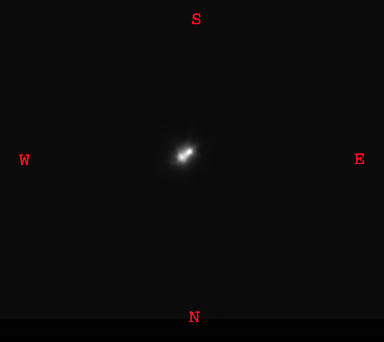
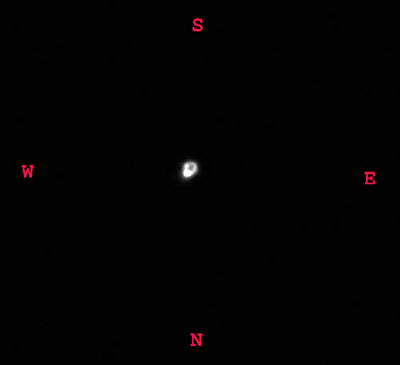
Fig 4 - Procyon A B system imaged on 12.1.2006 Fig 4b- Procyon A B system imaged on 12.1.2006
by 380 nm filter C11 @20 by 340 nm filter C11 @20
L'orientamento della camera era sempre lo stesso, mentre per il controllo dell'angolo di posizione reciproco dei componenti nell'orbita mi sono avvalso in prima battuta dell'orbita prevista del sistema rinvenuta sulla pagina web di Richard Dibon Smith: http://www.dibonsmith.com/cmi_con.htm.
The camera orientation was always the same, while, to define the position angle between the two stars in their orbit, I used the orbit found on the web page of Richard Dibon Smith: http://www.dibonsmith.com/cmi_con.htm
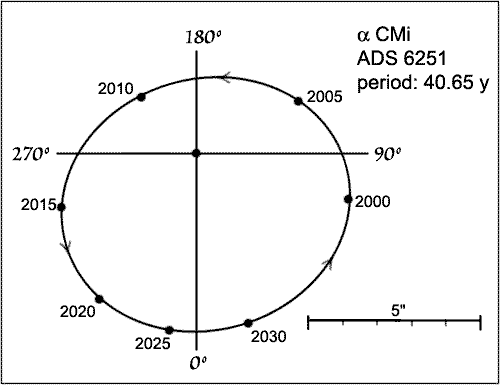
Nel 2007 non ebbi occasione di effettuare riprese di Procione B, mentre quest'anno, nel febbraio 2008, ho voluto ripetere l'esperienza approfittando anche di un nuovo strumento che era entrato a far parte del mio parco ottiche,un Celestron 14 XLT con una nuova montatura : una 10 Micron GM 2000. Insieme costituiscono un ottimo setup per ricerche di tipo evoluto, quale quella che mi apprestavo a compiere.Anche la camera CCD era ne frattempo cambiata, ed utilizzavo una ATIK 16 HR con sensore Sony ICX 285 AL.La mia prima preoccupazione fu di mettere in opera una maschera di cartone esagonale di diametro adeguato per il C14, e l'impresa, devo dire, pur non difficile, fu meno semplice che per il C11, ma alla fine questa fu completata e pronta per essere usata.
Le prove di integrazione del sistema di Procione furono effettuate, col descritto setup, in tre sere,il 2, il 5 ed il 6 febbraio, applicando la maschera esagonale al telescopio in modo tale da porre Procione B in una delle valli dell'immagine di diffrazione, ed alla camera una barlow 2X Ultima, lievemente distanziata dalla battuta del portaoculari, per una focale di circa 9000 mm (ad una risoluzione di 3 arcsec x pixel, tenuto conto che la camera era usata in binning 2x2):Anche il filtro era cambiato, ed adottavo uno Hoya UV da 340 nm, piuttosto selettivo.Il setup completamente diverso dal precedente, ma una risoluzione analoga permetteva non solo di dimostrare senza ombra di dubbio l'efficacia della ripresa attuale, ma anche di confermare la bontà della precedente.Dall'esame delle riprese le migliori sono risultate quelle del giorno 6 febbraio (Fig 5) media di 10 frames fits da 0.2 secs con la camera Atik 16 HR in binning 2 x 2.
In 2007 I had no chance to take Procyon B images, so this year, on february 2008, I did it with a new setup: a Celestron 14 XLT Schmidt Cassegrain and a 10 micron GM 2000 mount, and an Atik 16 HR CCD with a Sony ICX 285 AL CCD sensor.My first job was to set a cardboard hexagonal mask to fit the C14 tube set in a position useful to put Procyon B in the space between two diffraction spikes, and this wasn't an easy task, but at last I did it.The camera integrations to the Procyon system were done on february 2, 5, and 6 2008, applying the mask to tube and a 2X barlow lens to the camera, put a little out the 31,8 eyepiece holder in order to slightly increase the focal lenght up to 9000 mm for a 3 arcsecs resolution per pixel, considering that the camera was binned 2 x 2.The setup quite different from the previous one was a good test for the previous and the actual Procyon B splitting.The best images were those taken on february,6, by the above mentioned setup, and the result is shown in Fig 5, median of 10 single frames, 0.2 secs each, with the Atik 16 HR in binning 2 x2.
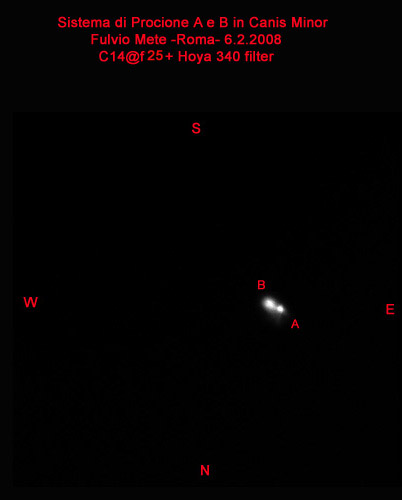
Fig 5 - Procyon A-B system image on february 6 2008 by a C14 @ f25 and a Atik 16 HR camera binned 2 x 2- median of 10 mins images 0,2 secs each.
E' bene a questo punto svolgere le seguenti considerazioni:
1- il "core" di Procione A risulta nell'immagine più piccolo di quello della compagna, a causa della differente intensità di emissione delle due stelle nella regione spettrale nella quale è stata effettuata la ripresa, abbastanza diversa da quella del C11 nel 2006.Si è in pratica ripetuto, anche se in misura inferiore a causa della minore temperatura superficiale relativa di Procione B (e quindi della minore emissione UV), quello che avevo verificato per Sirio B.Tale assunto è anche dimostrato dalla banda spettrale del filtro HOYA U 340, che a 330 nm (limite delle ottiche e della camera) presenta ben il 80% di trasmissione (Fig 6) :
2 - La distanza in pixel tra i centri delle due componenti risulta essere di 11 pixel, pari a circa 3,3 secondi d'arco alla risoluzione usata di 0,3 arcs/pix, mentre avrebbe dovuto essere di 2,5 arcsecs,.Ciò, insieme al fatto che l'angolo delle due immagini da me riprese, nel 2006 e nel 2008, non corrispondeva esattamente all'orbita che avevo usato come riferimento, mi imponeva ulteriori approfondimenti sui dati ufficiali e sull'orbita stessa.
3 - I "core" delle due stelle nelle immagini riprese il 2 ed il 6 febbraio differiscono lievemente nella loro posizione reciproca a causa della deformazione indotta dal seeing e dalla posizione della maschera (Fig 7 e 8).Ho quindi ritenuto di mediare le due immagini ai fini della determinazione dell'angolo di posizione della secondaria nell'orbita intorno alla primaria nelle osservazioni del 2006 e del 2008 in luce UV a 340 nm (Fig 9).
Now, some considerations:
1-The Procyon A core is in the image quite smaller than the one of Procyon B, due to the different emission of two stars in the spectral region in which the image was taken: such idea is confirmed from the spectral range of Hoya U 340 filter, that at 330 nm CWL (the camera's and optics' limit) has an 80% transmission of incoming radiation.
2-The distance in pixel between the two stars is of 11 pixel, say about 3,3 arcsecs at the used resolution of 0,3 arcsecs x pixel, while it ought to be about 2,5 arcsecs.This , with the circumstance that the images didn't match perfectly to the orbit I used as reference, made me do further studies on such orbit and its parameters.
3-The two stars center axis differs a little in the 2 and 6 february images, probably due to the seeing deformations( the camera position was the same) ad to the position of the mask (Fig 7 - 8), so i decided to make a median of them in order to set the position angle of secondary in the orbit for my 2006 and 2008 observations in UV light at 340 nm cwl(Fig 9).
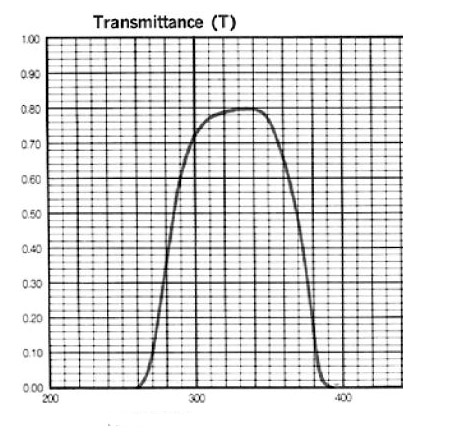
Fig 6 - Hoya U340 filter Bandpass
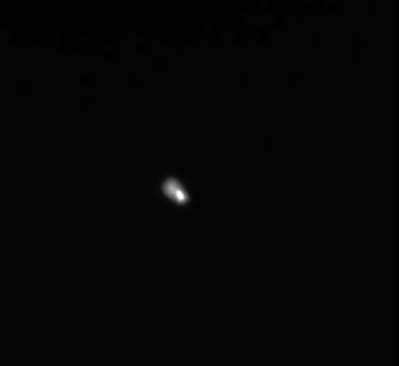

Fig 7 - 2.2.2008 Image Fig 8 - 6.2.2008 Image
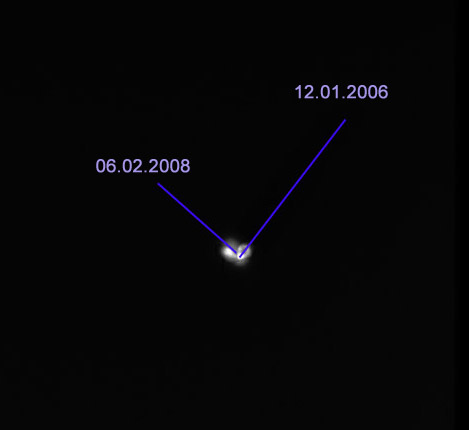
Fig 9 -Angolo apparente dell'orbita della secondaria intorno alla primaria nel periodo in base alle mie osservazioni
Sulla base dell'angolo risultante dalle mie osservazioni, risulta evidente la non completa rispondenza dei punti dell'orbita della secondaria nel 2008 con quella precedentemente illustrata, nell'angolo tra i 180 e i 270°, in particolare per il 2008.In sintesi la mia osservazione del 2008 occupa il punto previsto per il 2010, cosa che mi ha fatto non poco pensare e riflettere, anche perchè sembra che dal 1997 in poi non ci siano state osservazioni professionali del sistema di Procione, e quindi i dati dell'ultimo decennio dovrebbero essere stati estrapolati in base ai calcoli.Mi è stato molto utile, ai fini della ricostruzione dell'orbita , un articolo del Prof. Giuliano Romano sul numero 39 della rivista "L'Astronomia" del dicembre 1984 con alcuni dati certi (il passaggio al periastro di Procione B nel gennaio 2007) ed una rappresentazione grafica dell'orbita più rispondente alle posizioni da me osservate.Ho quindi effettuato una ricostruzione dell'orbita avvalendomi dei dati certi delle osservazioni del 1896 e del 1997 (Washington Double Star Catalog),con angoli di posizione rispettivamente 320 e 55°, della posizione dell'osservazione del IRTF ed HST (1995) (43°), dei dati riportati nel predetto articolo, e delle mie osservazioni del 2006 e del 2008.Il risultato è stato il seguente:
The points on the orbit corresponding to my observations, particularly those of 2008, didn't match perfectly the points of the previous showed orbit, in the range between 180 and 270°:the point of my 2008 image occupies the 2010 point in the orbit.That made me think and do further researches on the topic.I found an article on the "L'Astronomia" italian montly magazine issue of December 1984,by Prof. Giuliano Romano , in which there was some datas and another orbit that matches better my observations.Particularly, it said that the periastro passage of the secondary would have happened on January, 2007.Then I redrew the orbit on the basis of certain datas as the position angles of professional observations of 1896 and 1997 (320 and 55°) from the Washington Double Star Catalog, the position of secondary in the IRTF and HST images,(43°) and my observations of 2006 and 2008.The result is shown hereunder:
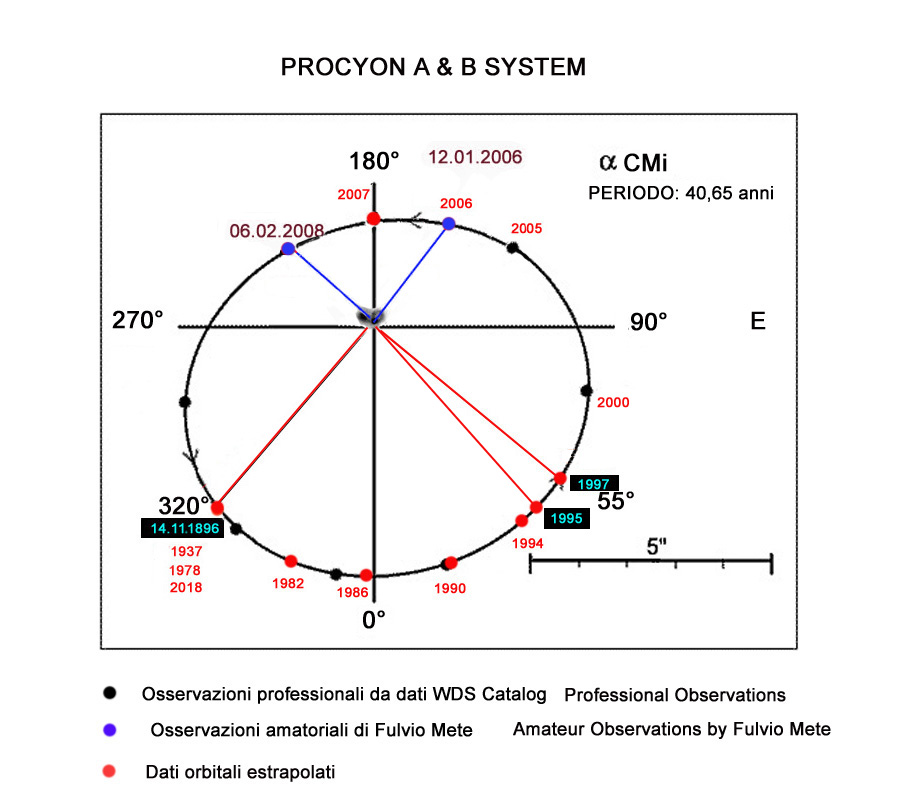
In conclusione, le mie osservazioni del 2008 si inseriscono con un lieve margine di errore probabile per la posizione (3-4°), ed un maggiore errore probabile per la separazione pari a 2,5 pixel (0,8 arcsecs) nell'orbita desunta dai dati professionali.L'errore di separazione potrebbe essere in parte dovuto alla maschera esagonale anteposta alla lastra correttrice dello strumento che produce un lieve "stiramento" dell'immagine stellare nella direzione delle cuspidi di diffrazione ,anche se l'asse delle due stelle non vi coincide,ma è comunque nella direzione, come nel caso in esame.Si consiglia quindi, per una determinazione di separazione precisa, l'uso di un dispositivo occultore della primaria, come effettuato in alcuni dispositivi professionali (IRTF), anche se questo presuppone focali elevate ed è di difficile costruzione per un amatore.Curiosamente, anche la separazione desunta dalle immagini dell'HST del 1995 denunciò una differenza pari a 4 pixel rispetto a quelle del Coronografo IRTF dello stesso anno (4,93 arcsec contro 5,12 del Co IRTF) .A titolo di pura curiosità si osserva che la media dei due valori porterebbe ad una separazione esattamente coincidente con le mie osservazioni.
In realtà, come risulta dall'eccellente studio professionale di T.M.Girad ed altri sulla rideterminazione delle masse del sistema di Procione ("A ridetermination of the mass of Procyon"- Astronomical Journal- May 2000) tali incertezze sono state piuttosto comuni negli studi sul sistema,dai quali si desume un certo grado di difficoltà nella determinazione delle masse delle primaria e della secondaria che si riflette sull'orbita.
Il presente lavoro sembra comunque essere il primo approccio amatoriale allo studio del sistema di Procione.
My 2008 observations presents a small error in position (may be 3- 4 °) and a stronger error in separation of 2,5 pixels (about 0.8 arcsecs) respect to the orbit drawn on the basis of official datas.The error in separation could be partially originated by the diffraction pattern of the hexagonal mask that cause a small elongation of star image in the diffraction spikes direction.Better results in the separation determination could be obtained by the use of an occulting device of the primary, as some professional research did (IRTF).Strangely , the separation datas obtained from HST and IRTF coronograph in 1995 showed a 2 pixel difference (4.93 arcsecs vs 5.12).The excellent study of T.M. Girard and others ("A ridetermination of the mass of Procyon" - Astronomical Journal - May 2000) showed the complexity of the task of determination of the mass of the two components of the system and its orbit.
The present study seems to be the first done by amateurs on the topic.